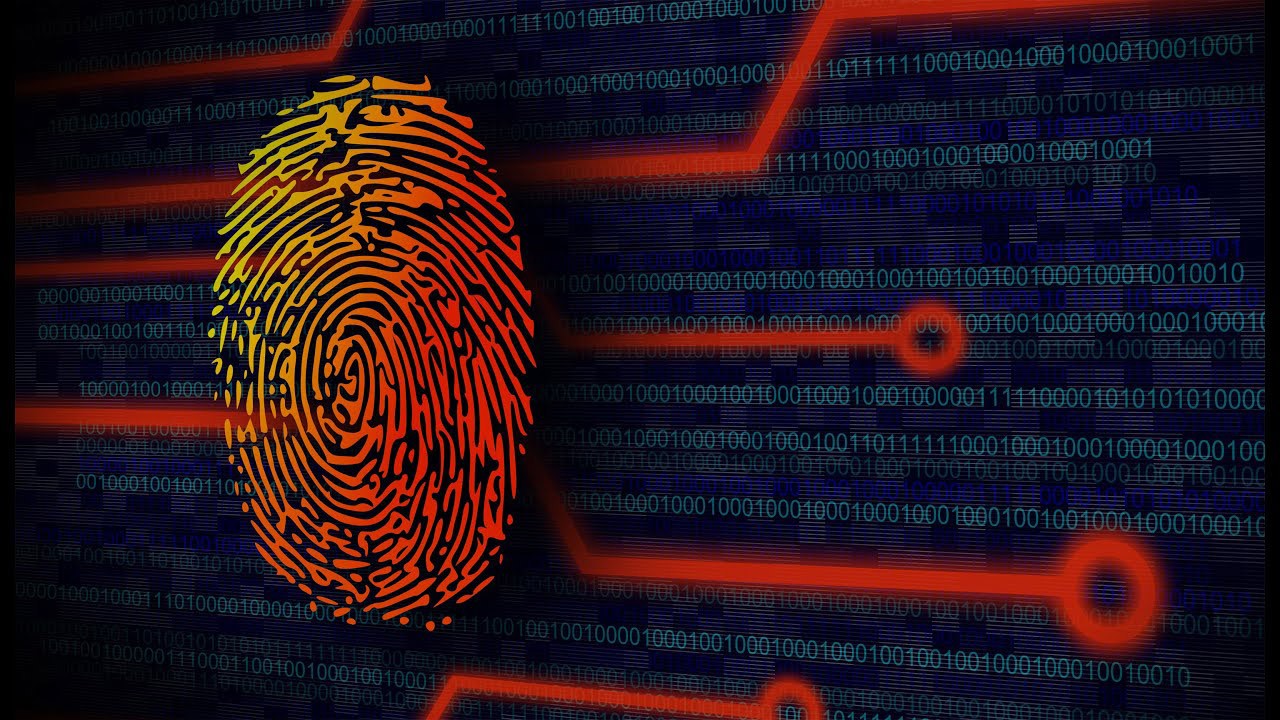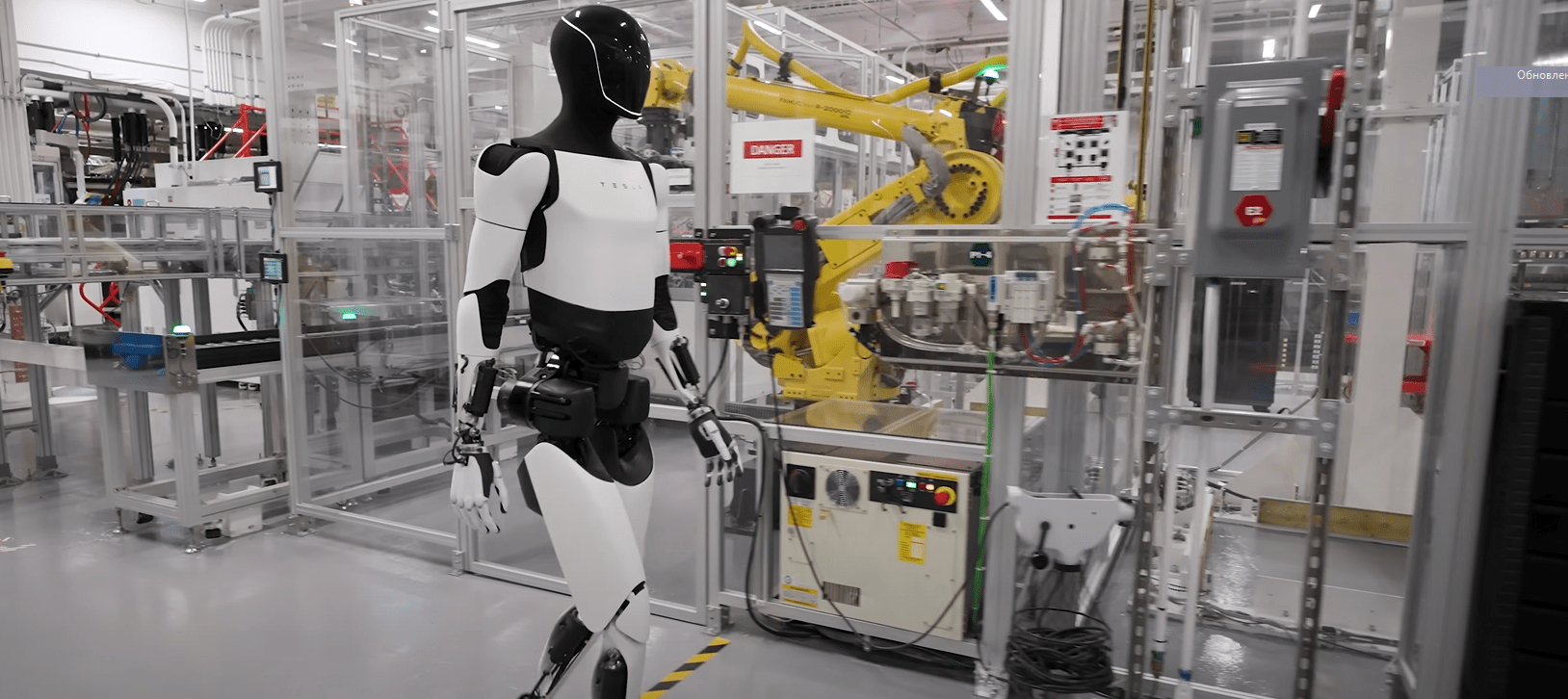A team of astronomers from the California Institute of Technology, the Harvard-Smithsonian Center for Astrophysics (CfA) and a number of international scientific organizations presented results that solve one of the longest — running mysteries of cosmology-the discovery of the so-called "missing" baryonic matter. The study is published in The Astrophysical Journal and is based on an analysis of fast radio bursts( FRBs), which have become a new tool for studying the large-scale structure of the universe.
The problem of missing material was identified in the late 1990s. According to theoretical models and relic radiation data, ordinary matter (baryons) should account for about 16% of the total amount of matter and energy in the universe. However, observations of stars, gas in galaxies, and galaxy clusters recorded only about half of the expected mass. Scientists assumed that the rest is dispersed in the form of extremely rarefied gas between galaxies, but this could not be confirmed — existing methods did not allow to fix such fine structures.
The key to solving the problem was provided by fast radio bursts — powerful pulses of radio waves lasting only a few milliseconds that come from distant galaxies. As they pass through the intergalactic medium, FRB signals interact with electrons, causing dispersion: radio waves of different frequencies propagate at different speeds, which allows you to measure the amount of matter in the signal path.
The study is based on an analysis of 69 FRBs recorded by various radio telescopes over the past five years. Among them was the record-breaking distant burst FRB 20230521B, which came from a distance of 9.1 billion light-years. A special feature of the work was that for each FRB it was possible to accurately determine its source galaxy. For this purpose, the DSA-110 radio telescope array was used, which provides localization up to 0.1 arcseconds. Additionally, data from the Keck and Palomar optical observatories, as well as the ASKAP radio telescope in Australia and other instruments were used.
The results showed that 76 % of baryonic matter is contained in intergalactic gas, which forms a "cosmic web" - a network of filaments of warm plasma between clusters of galaxies. About 15 % of the matter is concentrated in the halos of galaxies, and 9 % — in the stars, planets and interstellar gas of the galaxies themselves. These data coincide with the predictions of the standard model ΛCDM (Λ-cold dark matter), confirming its correctness. Previously, the lack of observational evidence raised doubts about the adequacy of the model and prompted the search for alternatives.
The authors of the study emphasize that the use of FRBs opens up new horizons in cosmology. These signals can be used to refine the parameters of the large-scale structure of the universe, study the properties of neutrinos, and search for interactions between dark matter and baryonic matter. Already in 2025, the new DSA-2000 radio telescope in Nevada will be connected to the work, which will be able to register up to 10,000 FRBs annually, which will significantly increase the accuracy and scale of such studies.
"FRBs have illuminated the invisible universe like a lantern in a fog. Now we can see them as a universal tool for space exploration, " said Liam Connor, lead author of the paper. According to co-author Vera Glushevich (USC), for the first time it was possible to model and observe the distribution of matter under a variety of conditions, which opens the way for new discoveries in physics and astrophysics.













